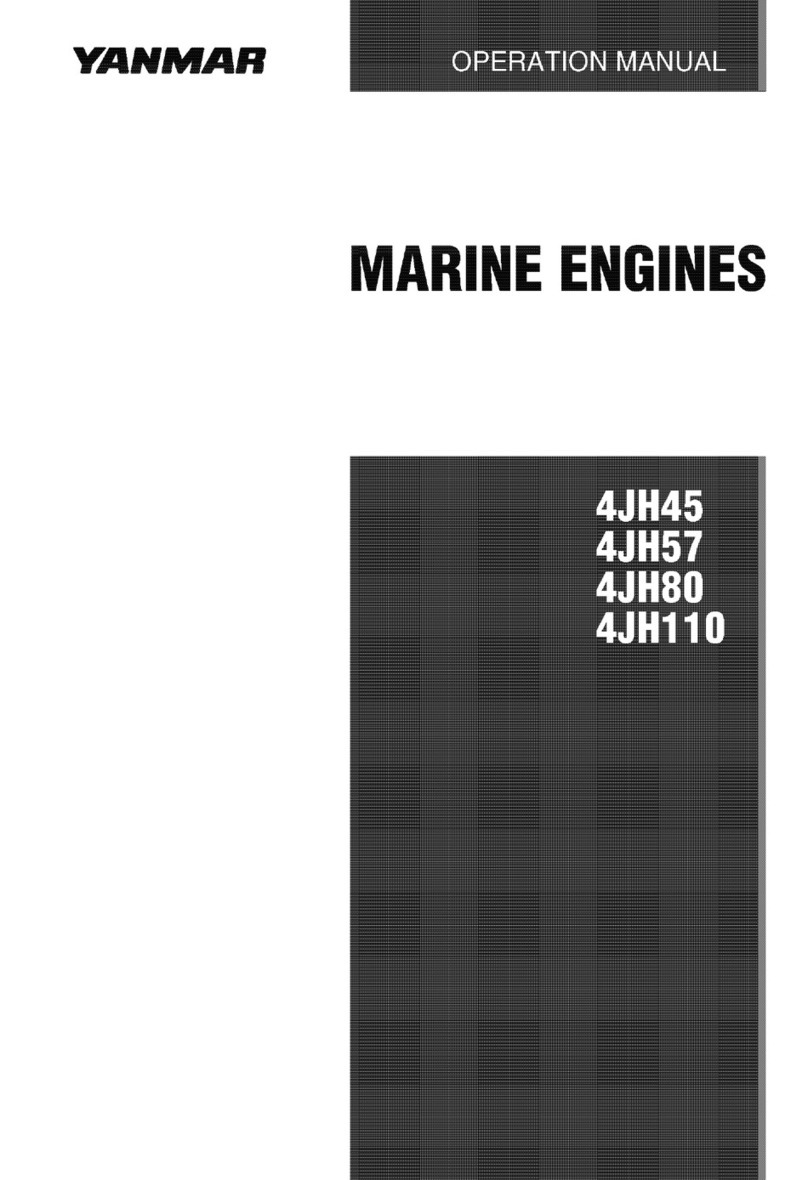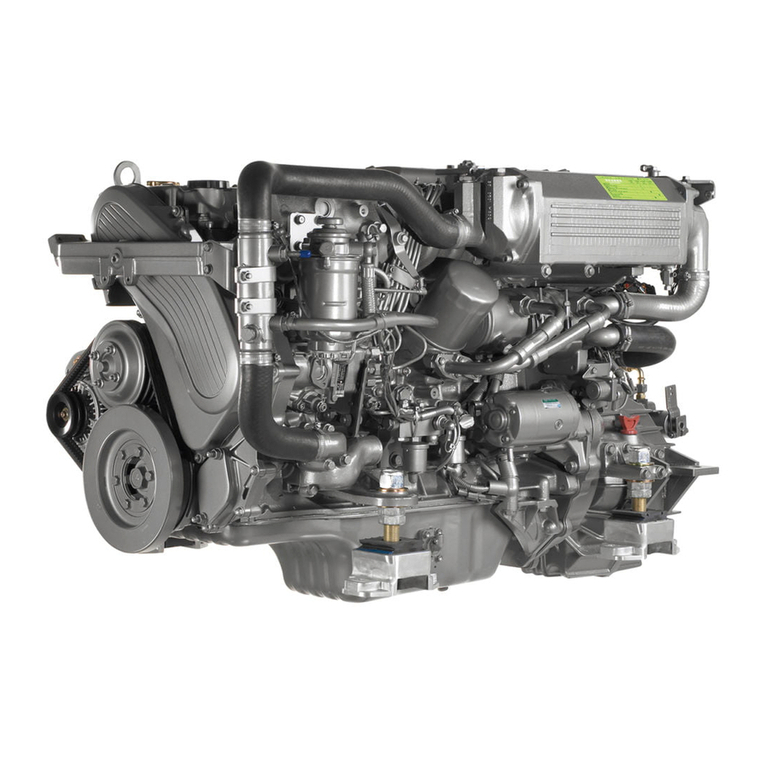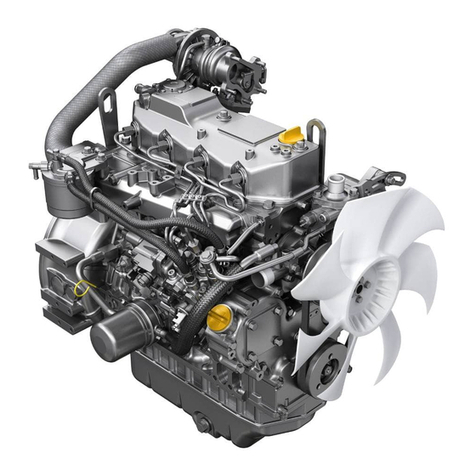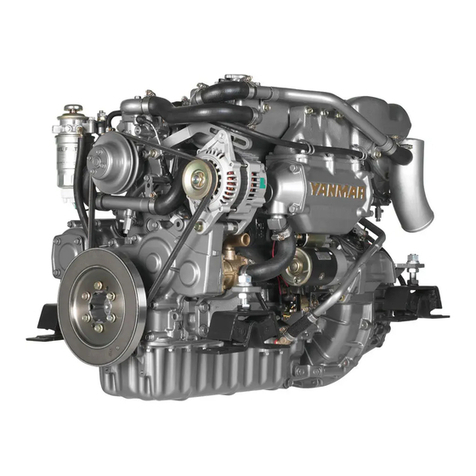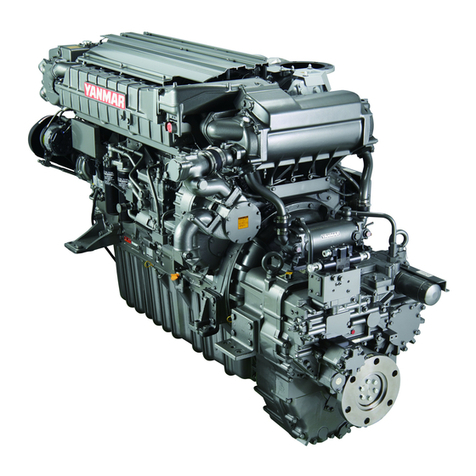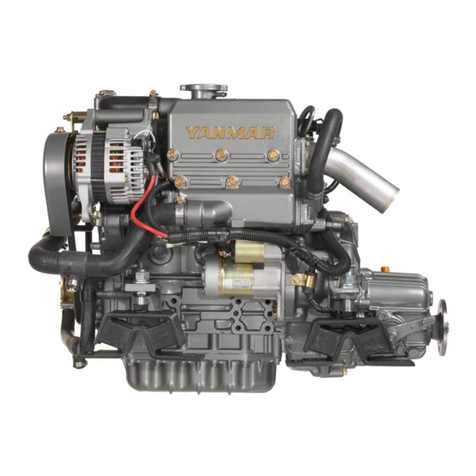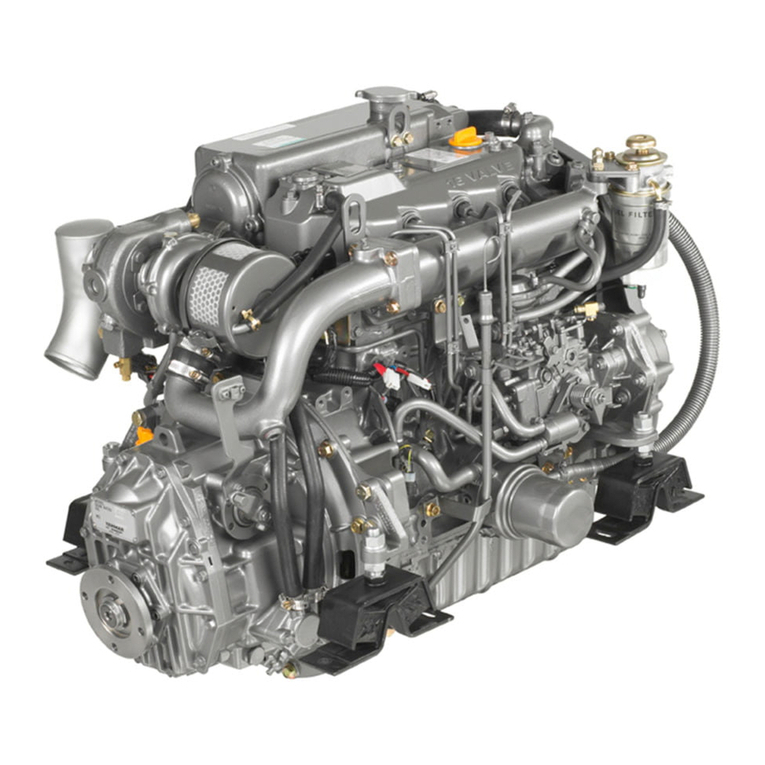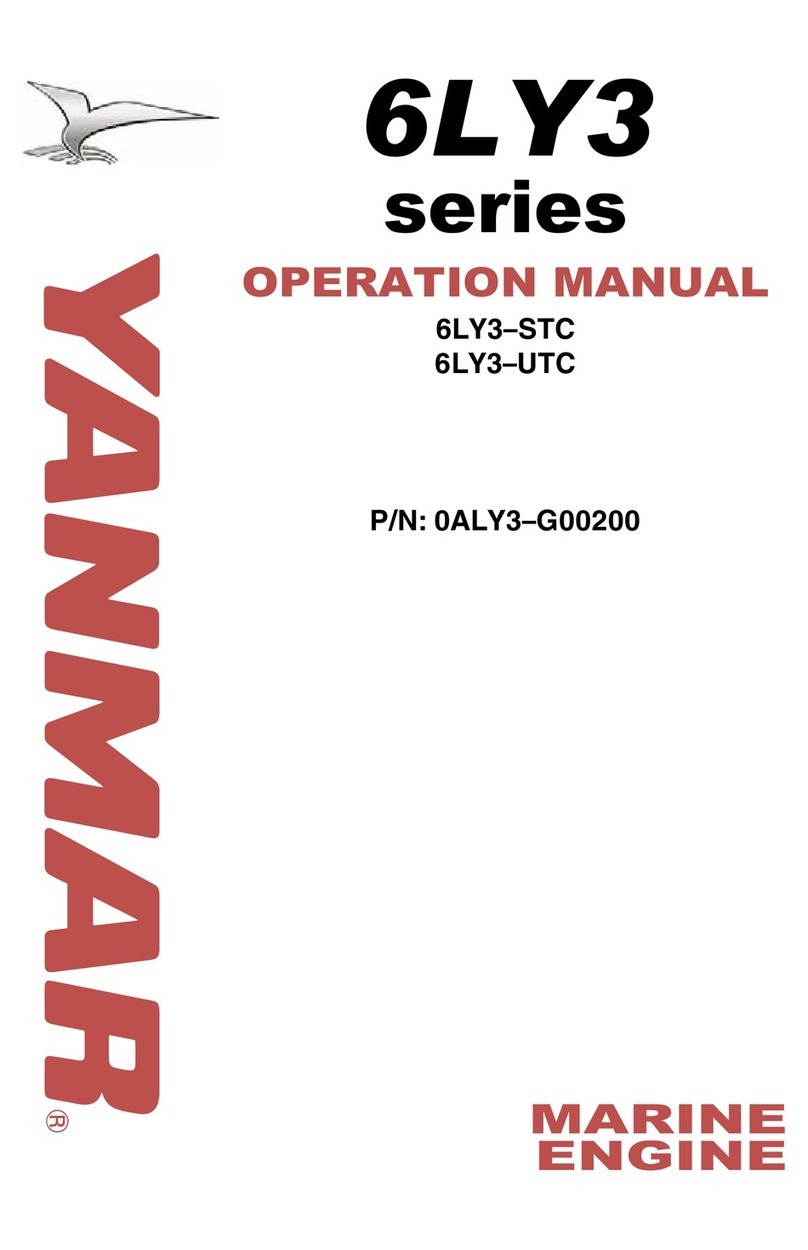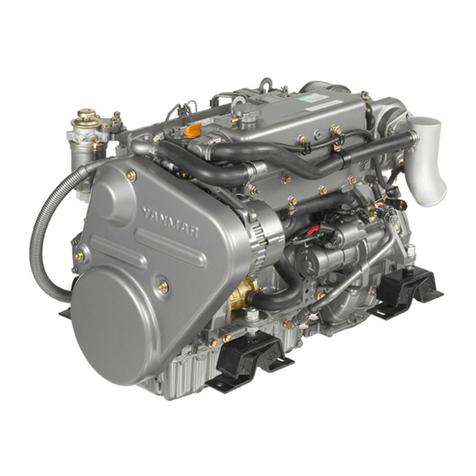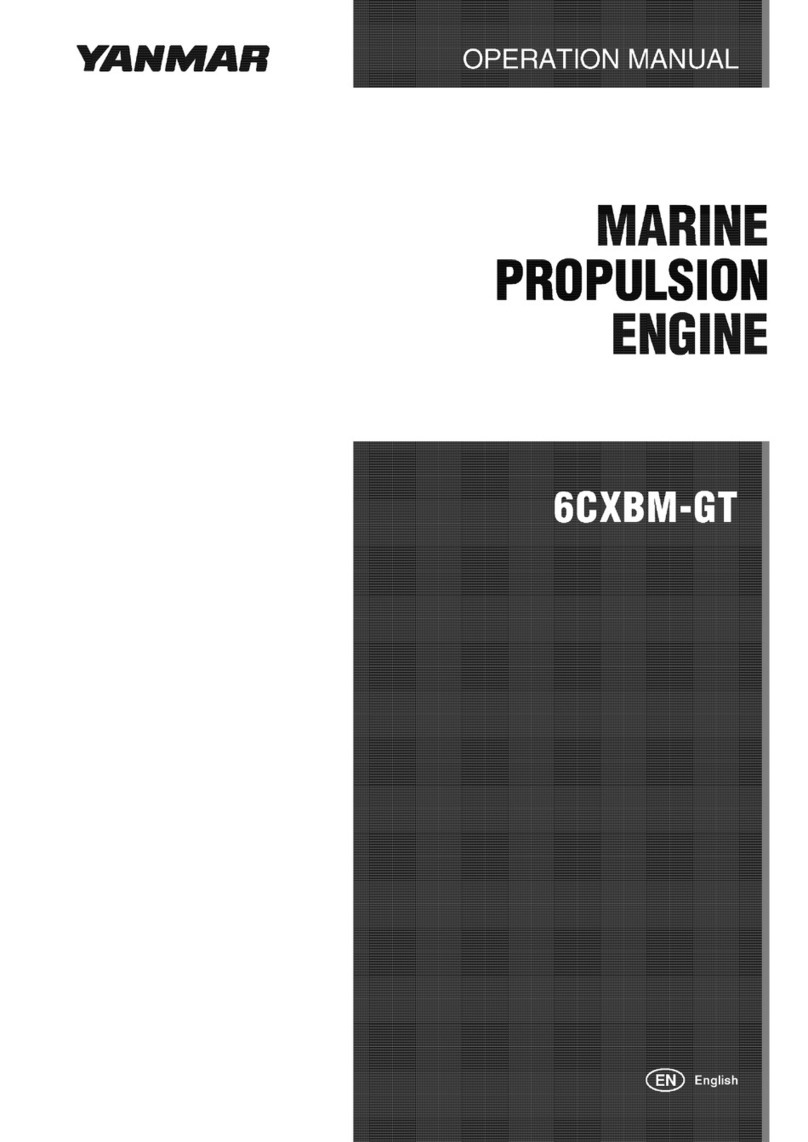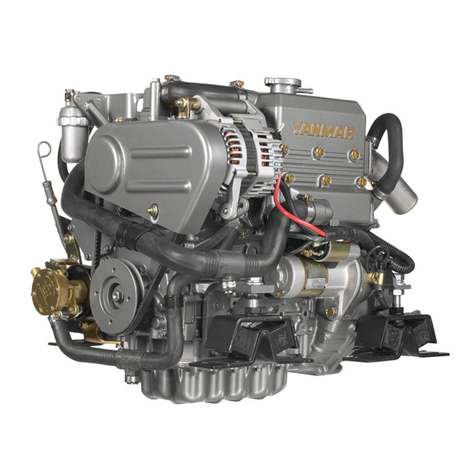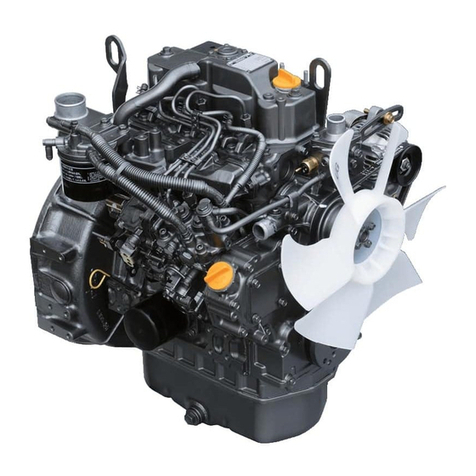
4. Disassembly and reassembly ........................................................................................ 64
4.1 Disassembly and reassembly precautions .............................................................................64
4.2 Disassembly and reassembly tools ........................................................................................65
4.2.1 General hand tools.......................................................................................................................... 65
4.2.2 Special hand tools........................................................................................................................... 68
4.2.3 Measuring instruments.................................................................................................................... 71
4.2.4 Other material ................................................................................................................................. 75
4.3 Disassembly and reassembly ................................................................................................77
4.3.1 Disassembly.................................................................................................................................... 77
4.3.2 Reassembly .................................................................................................................................... 89
5. Inspection and servicing of basic engine parts ............................................................ 104
5.1 Cylinder block .......................................................................................................................104
5.1.1 Inspection of parts......................................................................................................................... 104
5.1.2 Cleaning of oil holes...................................................................................................................... 104
5.1.3 Color check procedure.................................................................................................................. 104
5.1.4 Replacement of cap plugs ............................................................................................................ 105
5.1.5 Cylinder bore measurement.......................................................................................................... 106
5.2 Cylinder head .......................................................................................................................107
5.2.1 Inspecting the cylinder head ......................................................................................................... 108
5.2.2 Valve seat correction procedure ................................................................................................... 109
5.2.3 Intake/exhaust valves, valve guides ............................................................................................. 110
5.2.4 Valve springs ................................................................................................................................ 112
5.2.5 Assembling the cylinder head ....................................................................................................... 113
5.2.6 Measuring top clearance............................................................................................................... 114
5.2.7 Intake and exhaust rocker arms.................................................................................................... 114
5.2.8 Adjustment of valve clearance ...................................................................................................... 115
5.3 Piston and piston pins ..........................................................................................................116
5.3.1 Piston ............................................................................................................................................ 116
5.3.2 Piston pin ...................................................................................................................................... 117
5.3.3 Piston rings ................................................................................................................................... 118
5.4 Connecting rod .....................................................................................................................121
5.4.1 Inspecting the connection rod ....................................................................................................... 121
5.4.2 Crank pin metal............................................................................................................................. 122
5.4.3 Piston pin bushing......................................................................................................................... 124
5.4.4 Assembling piston and connecting rod ......................................................................................... 124
5.5 Crankshaft and main bearing ...............................................................................................125
5.5.1 Crankshaft..................................................................................................................................... 125
5.5.2 Main bearing ................................................................................................................................. 127
5.6 Camshaft and tappets ..........................................................................................................128


